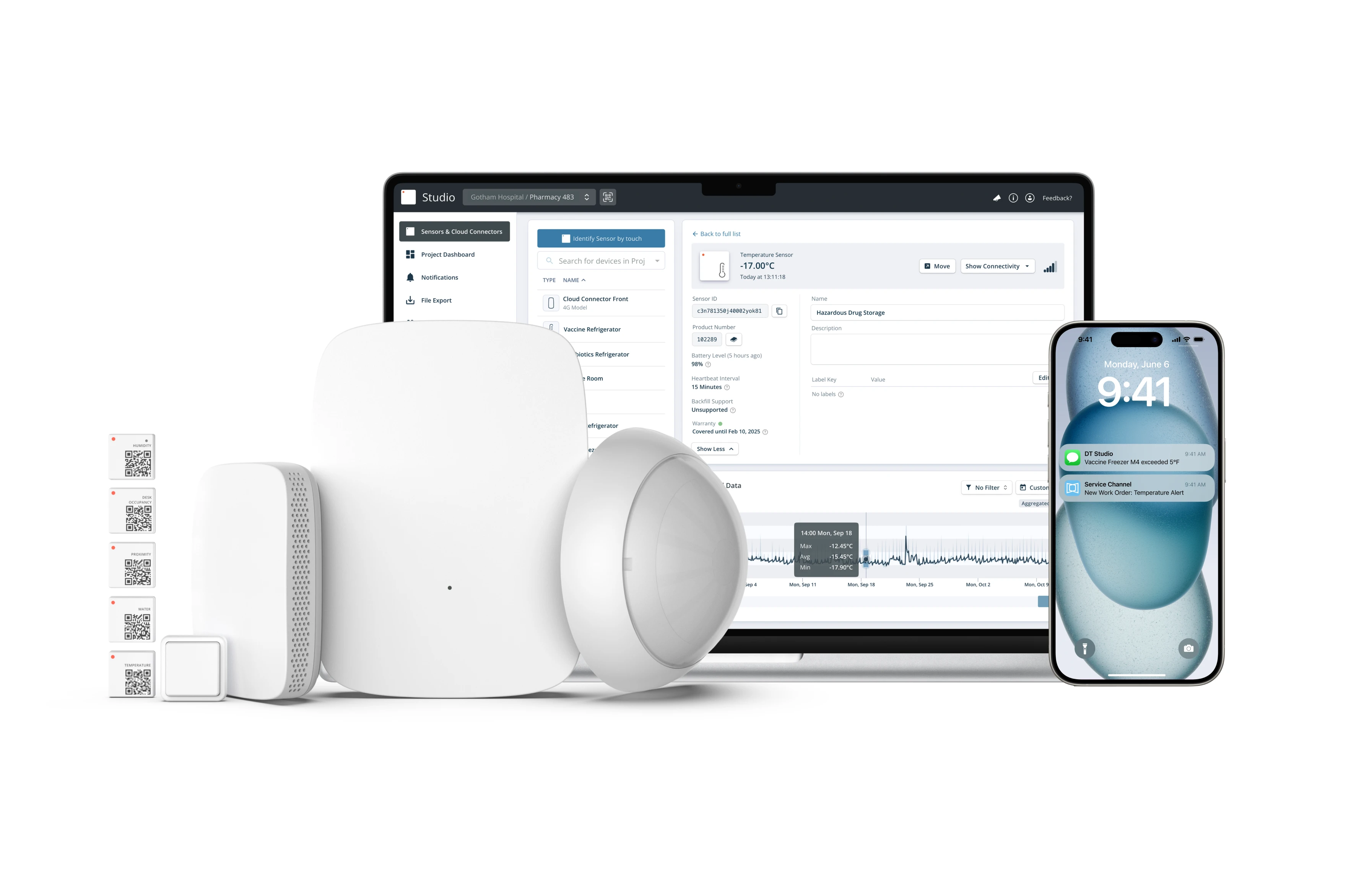Reducing Food Waste in Supermarkets: Strategies for A Sustainable Future

Food waste is a global issue that impacts economies and exacerbates challenges related to food security, climate change, and biodiversity loss. According to United Nations Food and Agriculture Organization (FAO) estimates, the global economy suffers a staggering US$800 billion annually due to food waste. With the urgency to address this crisis, the UN has set a goal to reduce food waste by 50% worldwide by 2030.
Educating Customers and Managing Expiry Dates

A substantial proportion of food waste in grocery stores arises from the confusion surrounding expiry dates. To combat this, supermarkets can work to educate their customers about the differences between "sell by," "use by," and "best before" dates. Clear and standardized information can help consumers make informed decisions about the safety and edibility of products. Technological solutions, such as dynamic pricing powered by AI, can also aid in reducing waste by encouraging customers to purchase items approaching their expiry dates at discounted rates.
Energy-Efficient Appliances Equipped with IoT

Modern appliances are crucial for curbing energy consumption and food waste. Upgrading refrigeration systems with energy-efficient technologies maintains food quality while reducing energy consumption. IoT sensors enhance the reliability of refrigeration equipment by monitoring temperature and providing an alert if the temperature drops into the danger zone for food spoilage. By implementing IoT devices, supermarkets can significantly cut down on food waste, saving costs and reducing carbon emissions.
Employee Training for Waste Prevention

Food damage sometimes occurs due to human error or negligence during transit and storage. Proper training for staff members can mitigate these issues, ensuring that produce remains undamaged and properly stored. The implementation of comprehensive training programs, while at the same time automating routine tasks such as checking the temperature of refrigeration equipment, will lead to reduced food loss and increased awareness of sustainable resource handling.
Data Analytics for Waste Pattern Identification

Data analytics and demand planning solutions allow supermarkets to predict consumer demand and identify waste patterns. Sensormatic’s Digital Food Safety System demonstrates the potential of data analytics in retail, creating a traceable food chain and providing instant information about conditions that can compromise quality. AI technology helps retailers track product quantities and predict sales demand, ensuring optimal stock levels and reducing waste. By utilizing AI and shopping data, supermarkets can anticipate consumer preferences, minimize waste, and optimize sales trends.
Embracing Imperfect Produce

Retailers' insistence on uniformity contributes to substantial losses of fresh produce at the farm level. France's regulations against discarding edible food have paved the way for initiatives like selling imperfect vegetables in discounted "wonky veg boxes." Companies like OddBox are dedicated to rescuing aesthetically imperfect produce and offering them at reduced rates, ultimately saving both resources and greenhouse gas emissions.
Bottom Line
The fight against food waste requires concerted efforts from all segments of the food supply chain, including supermarkets. By implementing a combination of strategies to implement modern technologies, increase awareness among staff and consumers, and bring increased transparency and automation to the fresh food supply chain, food retailers can minimize food waste, protecting their bottomline and contributing to a more sustainable future.
The Disruptive Technologies Cold Storage Monitoring Solution helps food retailers stay in control of refrigeration temperatures and minimize food loss from spoilage.

Temperature Monitoring Made Simple
Get Started






